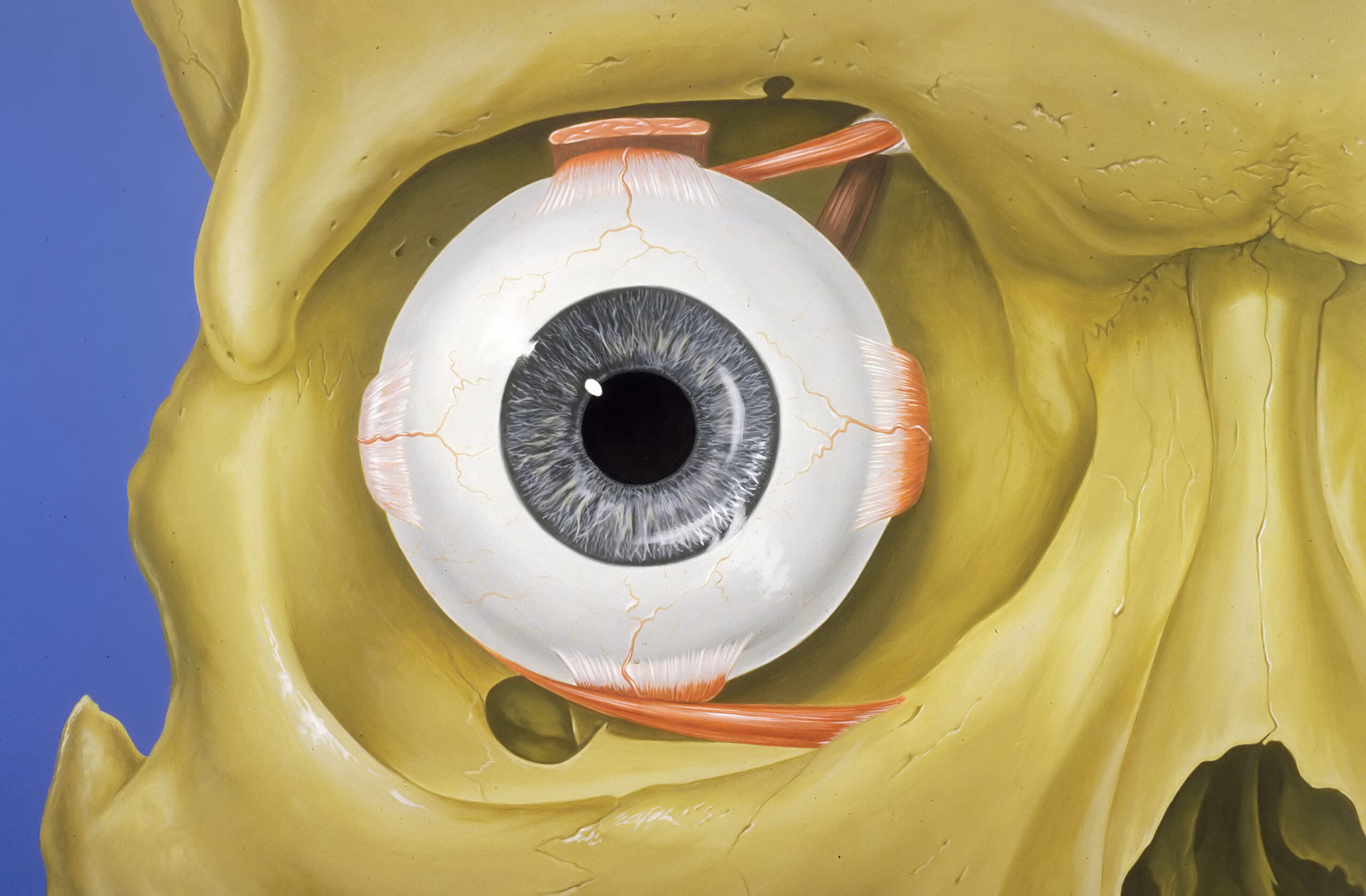
Navigating the Orbit: A Comprehensive Review
Abstract: The orbit, housing vital structures crucial for vision and eye movement, is a complex anatomical region susceptible to various pathologies and disorders. This article provides a comprehensive review of orbital anatomy, common orbitopathies, diagnostic approaches, and therapeutic strategies. By incorporating the latest innovations and advancements, ophthalmologists can enhance their understanding and management of orbital conditions, ultimately improving patient care and outcomes.
Introduction: The orbit serves as the bony cavity enclosing the eyeball, extraocular muscles, nerves, blood vessels, and orbital fat pads. Disorders affecting the orbit can arise from diverse etiologies, including trauma, inflammation, neoplasms, and vascular anomalies, necessitating a multidisciplinary approach for optimal management.
Anatomy of the Orbit: The orbit comprises seven bones, including the frontal, maxillary, zygomatic, lacrimal, ethmoid, sphenoid, and palatine bones, forming a protective enclosure for ocular structures. Additionally, it contains various soft tissues, such as muscles, nerves, blood vessels, and adipose tissue, which play essential roles in eye movement, sensory innervation, and vascular supply.
Common Orbitopathies: Orbitopathies encompass a wide range of conditions, including thyroid eye disease, orbital cellulitis, orbital tumors, vascular malformations, and congenital anomalies. These disorders may present with symptoms such as proptosis, diplopia, pain, swelling, and visual disturbances, necessitating prompt evaluation and management.
Diagnostic Modalities: Accurate diagnosis of orbital disorders relies on a thorough clinical assessment complemented by imaging studies and ancillary tests. Imaging modalities such as CT scans, MRI, ultrasound, and orbital angiography provide valuable insights into orbital anatomy, tissue characteristics, and pathological changes, aiding in differential diagnosis and treatment planning.
Management Strategies: Treatment of orbital disorders aims to alleviate symptoms, preserve vision, and address underlying etiologies. Therapeutic approaches may include medical management with corticosteroids or immunosuppressive agents, surgical intervention for tumor excision or decompression, and supportive measures to optimize ocular motility and cosmesis.
Conclusion: The orbit represents a critical anatomical region with diverse pathologies requiring comprehensive evaluation and management. By staying abreast of the latest innovations in diagnostic techniques and therapeutic modalities, ophthalmologists can effectively navigate the complexities of orbital disorders and optimize patient care.
For further reading and reference:
- American Academy of Ophthalmology – Orbit and Ocular Adnexa Overview: https://www.aao.org/bcscsnippetdetail.aspx?id=54b6d2f5-97d9-474a-b842-d7bda0e88f12
- National Eye Institute – Orbit Disorders Information: https://www.nei.nih.gov/learn-about-eye-health/eye-conditions-and-diseases/orbit-disorders


